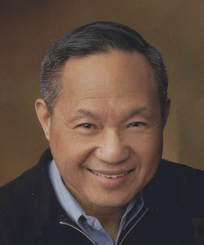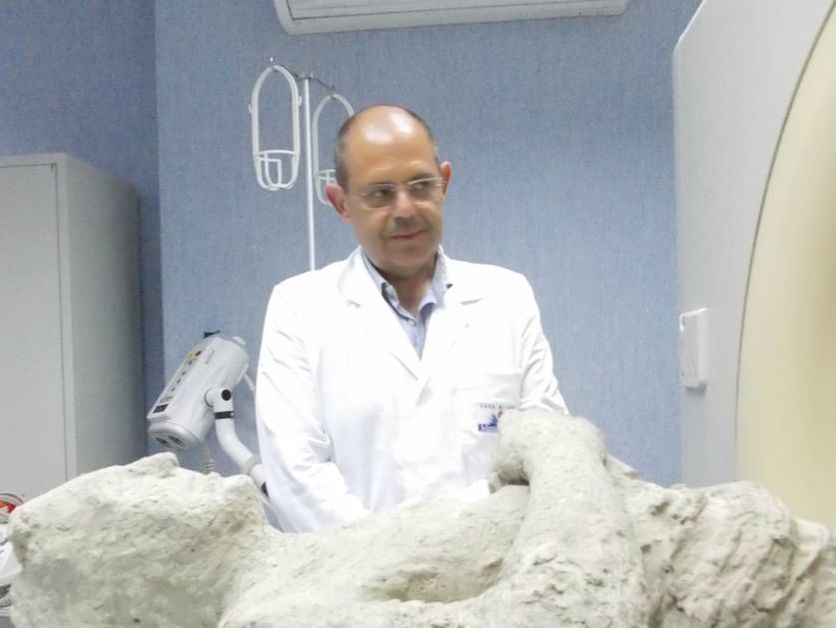The POmpeii Cast Project.
In 2013, Dr Estelle Lazer and Associate Professor Kathryn Welch began the Pompeii Cast Project with a Classics and Ancient History faculty grant from the University of Sydney. They quickly assembled a team of experts to collaborate on the project including Dr Alain Middleton (NSW Institute of Forensic Medicine, Westmead Hospital department of Oral Health), Associate Professor Dzung Vu (University of Notre Dame) and Stijn Luyck (STL International, Antwerp). In collaboration with Professor Massimo Osanna, Director General of the Pompeii Archaeological Park and his colleagues the team began with the investigation of a selected number of casts using both CT and X-Ray imaging techniques. In partnership with Lion Television and the BBC, a 16 slice CT scanner was bought onto the archaeological site to analyse 16 plaster casts, with high quality X-Ray images taken of several casts which due to their awkward shapes could not be CT scanned. The results were surprising.
A number of the casts, in particular those that were made in the 19th and 20th centuries, did not contain full skeletons, and one cast, the dog, contained no skeletal elements at all.
In 2017, the team ventured again into the field. This time with the support and assistance of Roberto Canigliula, a representative of Philips (Italy), who was responsible for the 2015 CT scans and film documentary colleagues, including Elena Mortelliti, an additional five casts were selected to be analysed at the Casa di Cura Maria Rosaria hospital in modern Pompei. This was a major undertaking. Moving the casts off-site required special permissions, expensive insurance and the expertise of restorers to carefully transport the casts in specially made crates. The utilisation of the equipment at the hospital has allowed the team to gather a range of new information to be analysed and researched throughout this project. The findings have provided us with new insights into the lives of the victims as well as the archaeology and restoration techniques of the 19th and 20th centuries.
In 2019, the team completed an investigation of the 13 victims in the so-called Garden of the Fugitives. These victims were studied in situ, using a portable digital X-ray machine as they are still partially embedded in pyroclastic material and could not be transported to a CT scanner.
This ongoing commitment to the Plaster Cast Project was highlighted in 2017 when the University of Sydney and Pompeii Archaeological Park entered into a Memorandum of Understanding that will allow for the continuation of the project well into the future.
A number of the casts, in particular those that were made in the 19th and 20th centuries, did not contain full skeletons, and one cast, the dog, contained no skeletal elements at all.
In 2017, the team ventured again into the field. This time with the support and assistance of Roberto Canigliula, a representative of Philips (Italy), who was responsible for the 2015 CT scans and film documentary colleagues, including Elena Mortelliti, an additional five casts were selected to be analysed at the Casa di Cura Maria Rosaria hospital in modern Pompei. This was a major undertaking. Moving the casts off-site required special permissions, expensive insurance and the expertise of restorers to carefully transport the casts in specially made crates. The utilisation of the equipment at the hospital has allowed the team to gather a range of new information to be analysed and researched throughout this project. The findings have provided us with new insights into the lives of the victims as well as the archaeology and restoration techniques of the 19th and 20th centuries.
In 2019, the team completed an investigation of the 13 victims in the so-called Garden of the Fugitives. These victims were studied in situ, using a portable digital X-ray machine as they are still partially embedded in pyroclastic material and could not be transported to a CT scanner.
This ongoing commitment to the Plaster Cast Project was highlighted in 2017 when the University of Sydney and Pompeii Archaeological Park entered into a Memorandum of Understanding that will allow for the continuation of the project well into the future.








